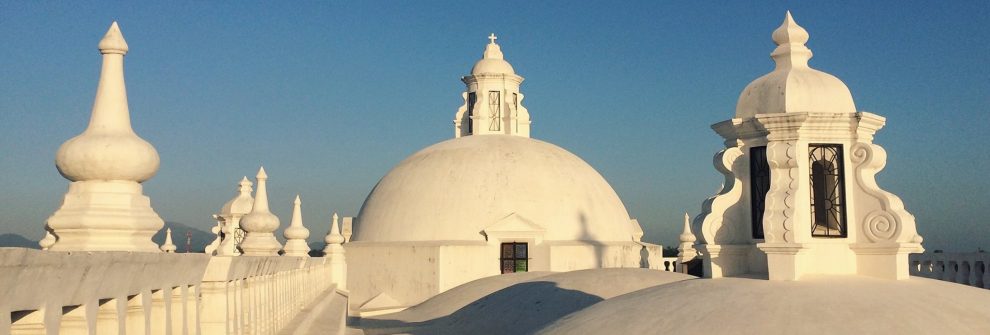I really enjoyed the readings for this week as well as the videos regarding the yellow fever and “banana land”.
The Silent War, as they called the yellow fever, was a really big issue in the Americas, specifically between the equator and the Panama Canal. Many doctors from Colombia, Brazil, Panama, Cuba and the United States spent endless hours trying to find a cure for this horrible virus (some even died because of it). Yellow fever is transmitted by the bite of a mosquito and can be contracted by humans as well as animals. The video explained that the yellow fever mosquitos breed in the treetops rather than in pools of water on the forest ground and so many animals living in trees, especially monkeys, contracted this virus. Interestingly enough, infected monkeys didn’t die from the virus and I’m confused as to why that is… In a time when hundreds of people were dying because of yellow fever, and walking through the forest was basically a plea for death, monkeys survived. Humans are more closely related to apes than to monkeys, however we still share over 90% of the same DNA as monkeys so I wonder what the variable was that determined that monkeys would live and humans would die. Anyways, a cure was finally created for yellow fever and vaccinations were brought to many different villages and towns to prevent any further cases. The vaccination thankfully lasts for many years. It was taken to many army hospitals as well to ensure the safety of soldiers.
The second video regarded “Banana Land” which includes all the countries from Mexico through Colombia and some islands in the Caribbean. The first part of the video discussed mostly what life was like in Central America in the 1950’s. The speaker talked about how the streets looked very “Spanish-American” and how people in the highlands were more old-fashioned because they do things the way their ancestors did. He then touched on the Mayan Civilization and how it is one of the oldest civilizations in the world.
The second part of the video focused on the actual bananas. He talked about how they’re grown year-round and that teams of three men usually pick the bunches. These bunches can have anywhere in between 72 and 280 bananas. These bananas are carefully taken care of so that they aren’t bruised when they’re exported internationally. What really surprised me was the fact that if it weren’t for quick transportation, bananas would be an expensive luxury in the world. This of course makes a lot of sense, but it’s never something I really considered because bananas are at our disposal everywhere today and on top of it they’re a fairly cheap fruit. It’s strange to think that they could’ve been a rare delicacy.
Sophie

One response to “Week Nine”